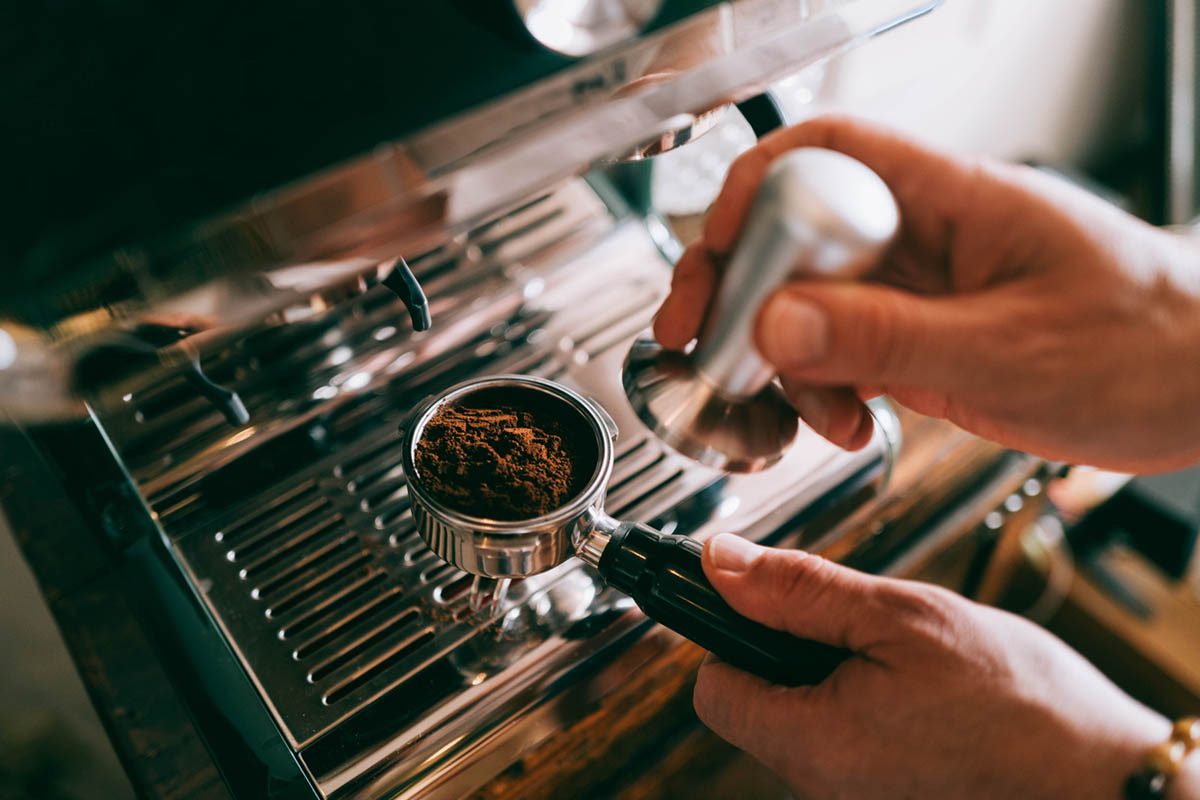
Adjunctive Oxycodone for the Treatment of Refractory Bipolar Depression
There have been several case reports and open trials reporting the efficacy of opioids as treatment for depression. These have included the µ-opioid receptor full agonists oxycodone, oxymorphone, and human β-endorphin peptide as well as the µ-opioid receptor partial agonist buprenorphine.1-3 Despite this reported efficacy, these agents are generally considered to be treatments of last resort in psychiatric disorders given the risk of iatrogenic opioid dependence, to which this patient population may be particularly susceptible. Additionally, there has been some evidence that hydrocodone, a µ-opioid receptor full agonist, may result in the induction or exacerbation of mania. In one retrospective study,4 7 of 31 bipolar patients reported induction or worsening of hypomania/mania after administration of hydrocodone. Nonetheless, the association between opioids and mania remains unclear, as methadone, another full agonist at the µ-opioid receptor, has been reported to have antimanic properties.5,6
We report the case of a woman with severe, refractory bipolar depression treated with adjunctive oxycodone with excellent antidepressant efficacy and without induction of mania or opioid dependence.
Case report. Ms A is a 54-year-old woman with a long-standing history of bipolar I disorder (DSM-IV criteria) whose most recent depressive episode lasted for over 2 years despite adequate trials of numerous mood stabilizers, selective serotonin reuptake inhibitors, serotonin-norepinephrine reuptake inhibitors, and atypical antipsychotics and a course of electroconvulsive therapy (ECT) consisting of 10 treatments. After the failure of ECT, the patient was placed on a regimen of daily doses of lithium carbonate 1,200 mg, aripiprazole 10 mg, lamotrigine 300 mg, and tranylcypromine 80 mg. Nonetheless, the patient’s depressive symptoms worsened to the point that she had stopped showering and could perform other activities of daily living only with great difficulty. Ms A’s Patient Health Questionnaire-9 (PHQ-9)7 score during her depressive episode was never below 14, corresponding to the upper bound of moderate depression.
Oxycodone was then added to the above regimen in early 2011 at a dose of 5 mg 3 times daily. Within 1 week, the patient’s symptoms had improved dramatically, and within 1 month the patient no longer met criteria for a major depressive episode. Her PHQ-9 score 2 months after initiation of oxycodone was 3. Over the next several months, the patient required several increases in oxycodone dose, with her symptoms finally stabilizing at a total daily dose of 50 mg, where the dose has remained for the past 7 months. Notably, this dose is well within the recommended range for oxycodone when used for analgesia, which is 5 mg to 30 mg every 4 hours.
Twelve months after initiation of oxycodone, she has only mild depressive symptoms, and her most recent PHQ-9 score was 6, corresponding to mild depression. The only adverse effects from this medication have been constipation and mild sedation. Since its initiation, Ms A has taken oxycodone only as directed, and at no time has she displayed signs of mania.
The use of opioid agonists in the treatment of psychiatric illness has historical roots dating back to the time of the Ancient Greeks.8 However, the risk of addiction associated with these agents has relegated their use in modern psychiatry to only the most dire circumstances. The additional risk of inducing mania in depressed bipolar patients has been suggested as well. Nonetheless, given the dramatic efficacy these agents can have for individuals such as Ms A, their significant risk may be counterbalanced by a commensurate degree of potential benefit.
Furthermore, treating all opioids equally may be unwarranted, as there are substantial differences among them with respect to addiction liability, and this may be true as well for induction of mania. It is worth noting that as a partial agonist of the µ-opioid receptor, buprenorphine has less abuse potential than the commonly prescribed opioids, all of which are full agonists at this receptor, including oxycodone. Buprenorphine was not used in this case because of the strict federal regulations limiting its use to opioid dependence and pain.
In the case of Ms A, oxycodone at a final dose of 50 mg/d resulted in recovery from a severe 2-year depressive episode refractory to all conventional treatment without induction of dependence or mania.
References
1. Bodkin JA, Zornberg GL, Lukas SE, et al. Buprenorphine treatment of refractory depression. J Clin Psychopharmacol. 1995;15(1):49-57. PubMed doi:10.1097/00004714-199502000-00008
2. Stoll AL, Rueter S. Treatment augmentation with opiates in severe and refractory major depression. Am J Psychiatry. 1999;156(12):2017. PubMed
3. Nyhuis PW, Gastpar M, Scherbaum N. Opiate treatment in depression refractory to antidepressants and electroconvulsive therapy. J Clin Psychopharmacol. 2008;28(5):593-595. PubMed doi:10.1097/JCP.0b013e31818638a4
4. Schaffer CB, Nordahl TE, Schaffer LC, et al. Mood-elevating effects of opioid analgesics in patients with bipolar disorder. J Neuropsychiatry Clin Neurosci. 2007;19(4):449-452. PubMed doi:10.1176/appi.neuropsych.19.4.449
5. Judd LL, Parker DC, Janowsky DS, et al. The effect of methadone on the behavioral and neuroendocrine responses of manic patients. Psychiatry Res. 1982;7(2):163-170. PubMed doi:10.1016/0165-1781(92)90089-L
6. Pani PP, Agus A, Gessa GL. Methadone as a mood stabilizer. Heroin Add Rel Clin Probl. 1999;1:43-44.
7. Kroenke K, Spitzer RL, Williams JB. The PHQ-9: validity of a brief depression severity measure. J Gen Intern Med. 2001;16(9):606-613. PubMed doi:10.1046/j.1525-1497.2001.016009606.x
8. Weber MM, Emrich HM. Current and historical concepts of opiate treatment in psychiatric disorders. Int Clin Psychopharmacol. 1988;3(3):255-266. PubMed doi:10.1097/00004850-198807000-00007
Drug names: aripiprazole (Abilify), buprenorphine (Subutex and others), lamotrigine (Lamictal and others), methadone (Dolophine and others), oxycodone (OxyContin and others), oxymorphone (Opana and others), tranylcypromine (Parnate and others).
Corresponding author: Jason E. Schiffman, MD, ([email protected]).
Author affiliations: Department of Psychiatry and Biobehavioral Sciences, David Geffen School of Medicine at UCLA, Los Angeles, California.
Submitted: November 29, 2011; accepted March 14, 2012.
Potential conflicts of interest: Dr Gitlin is on the speakers bureaus of AstraZeneca, Bristol-Myers Squibb, and Eli Lilly. Dr Schiffman reports no conflicts of interest.
Funding/support: None reported.
J Clin Psychiatry 2012;73(7):992 (doi:10.4088/JCP.11cr07565)
© Copyright 2012 Physicians Postgraduate Press, Inc.



